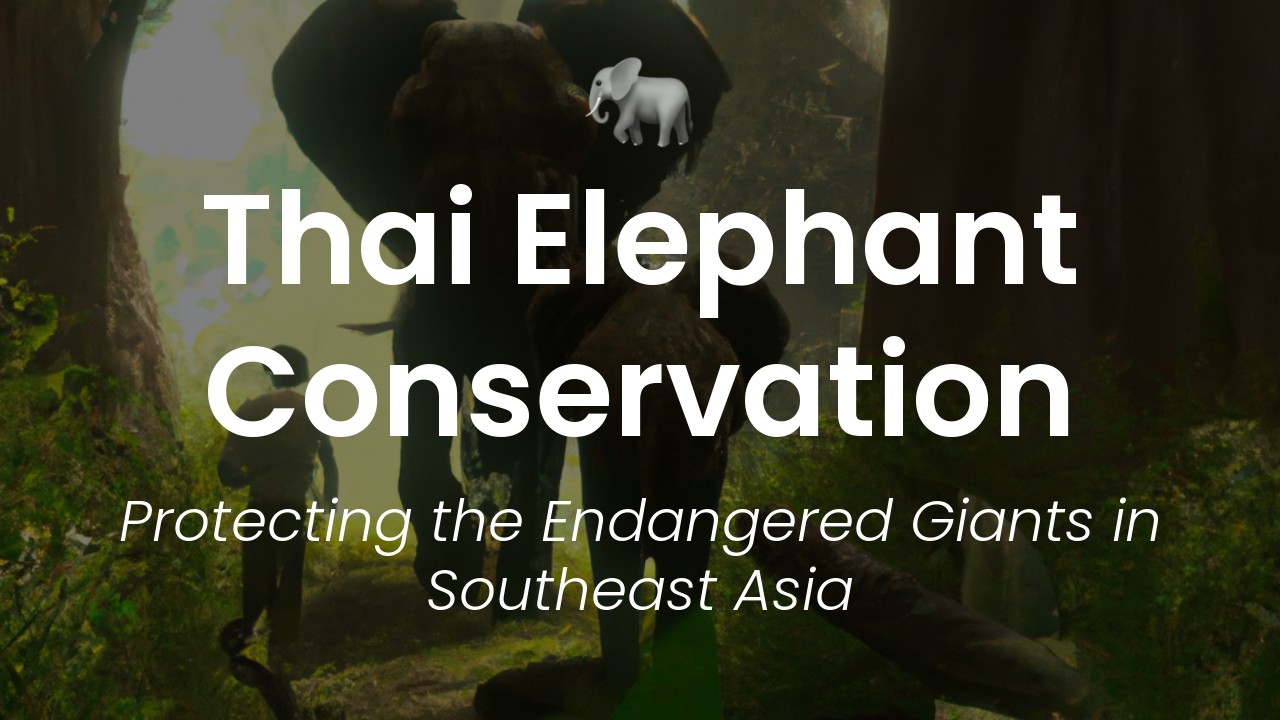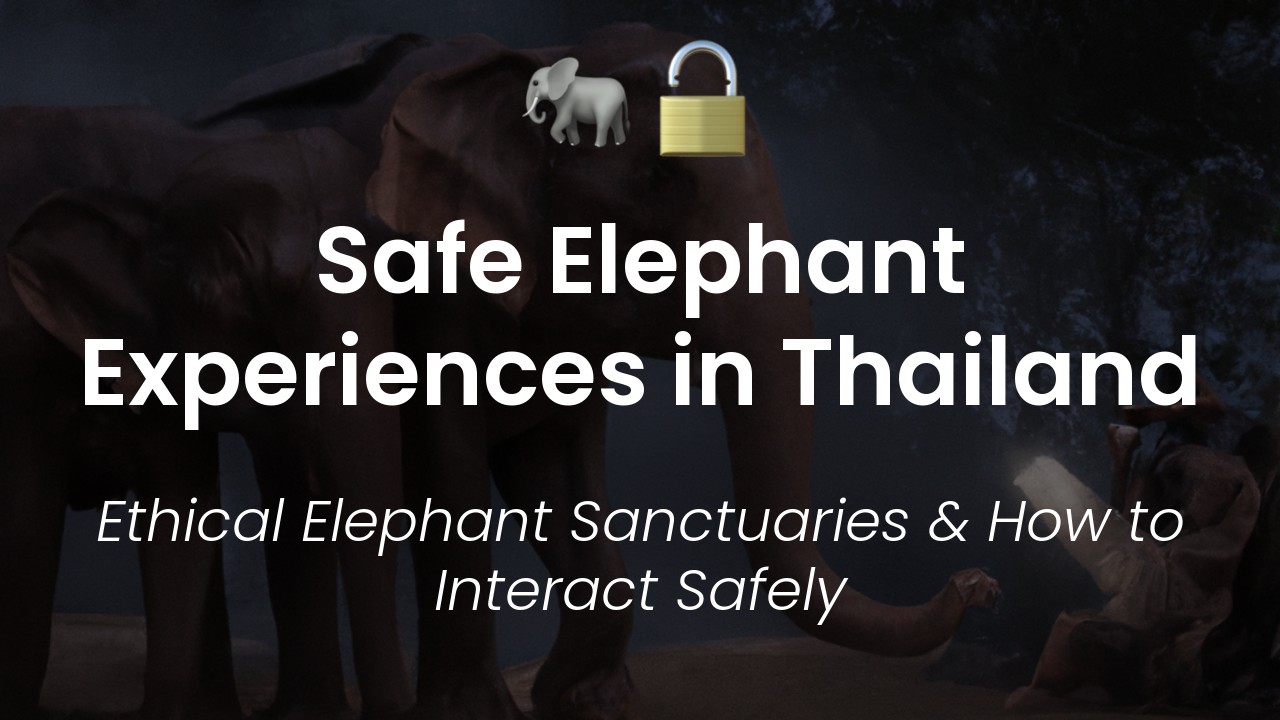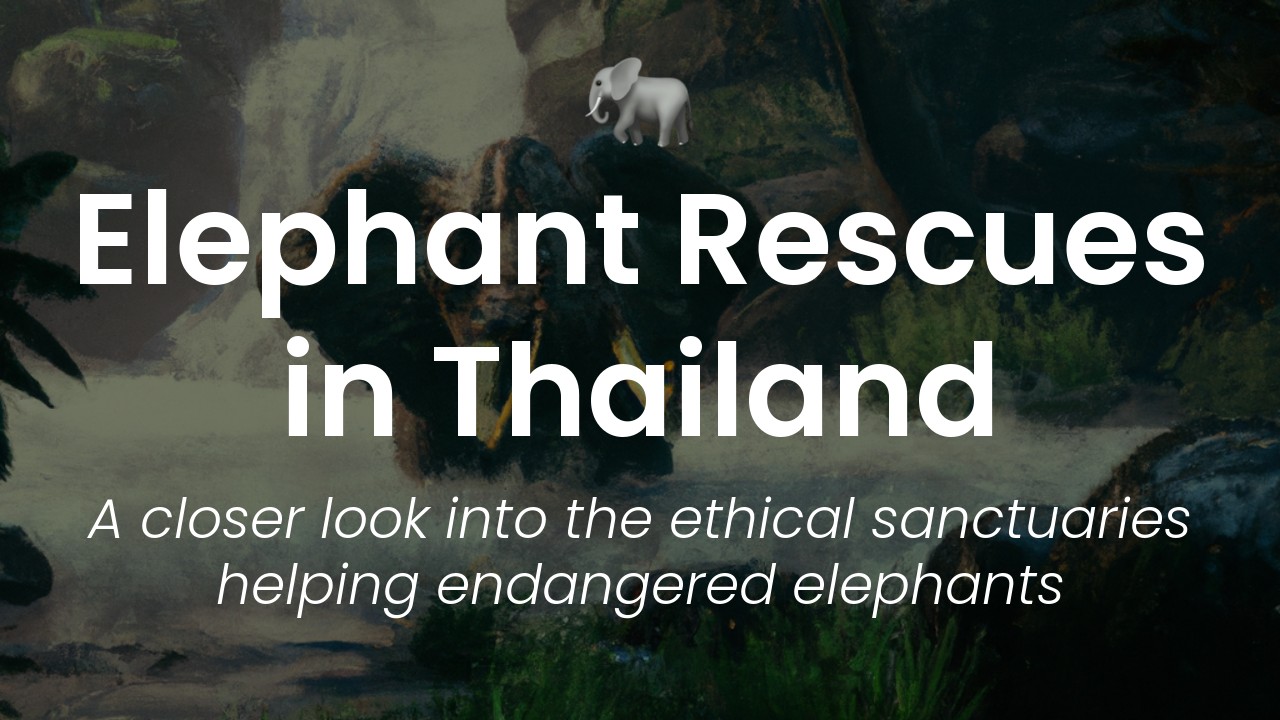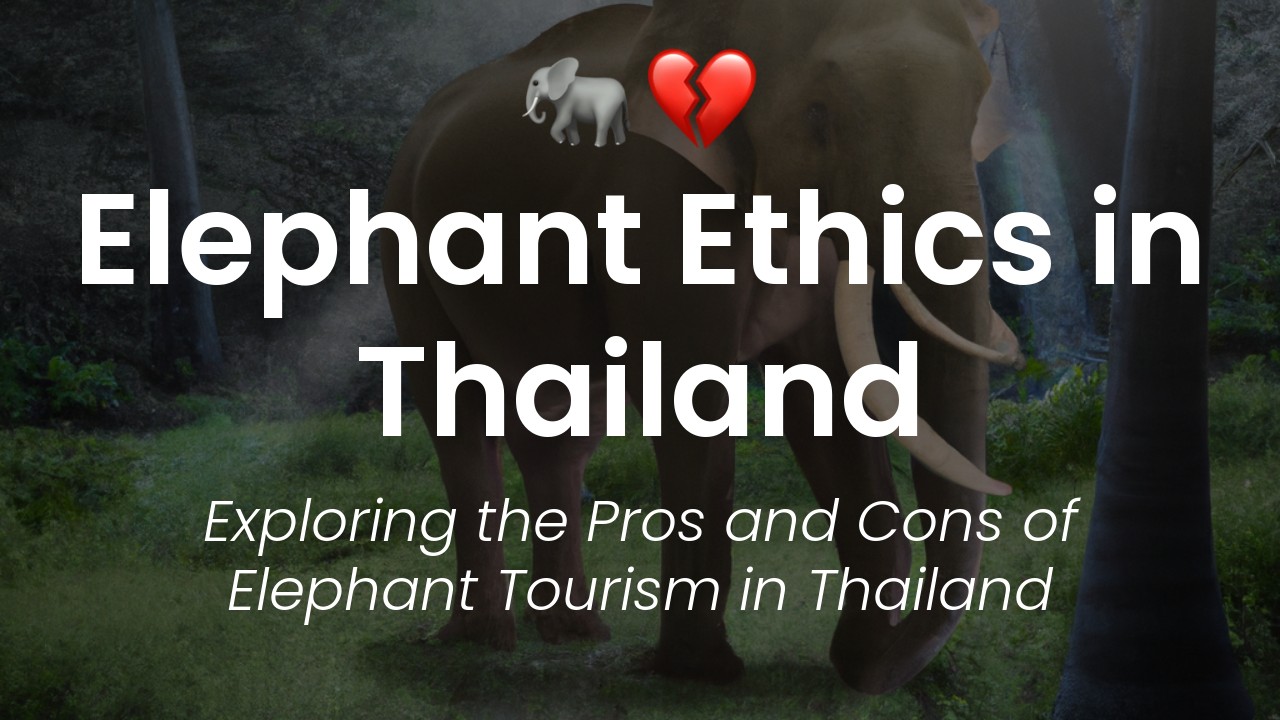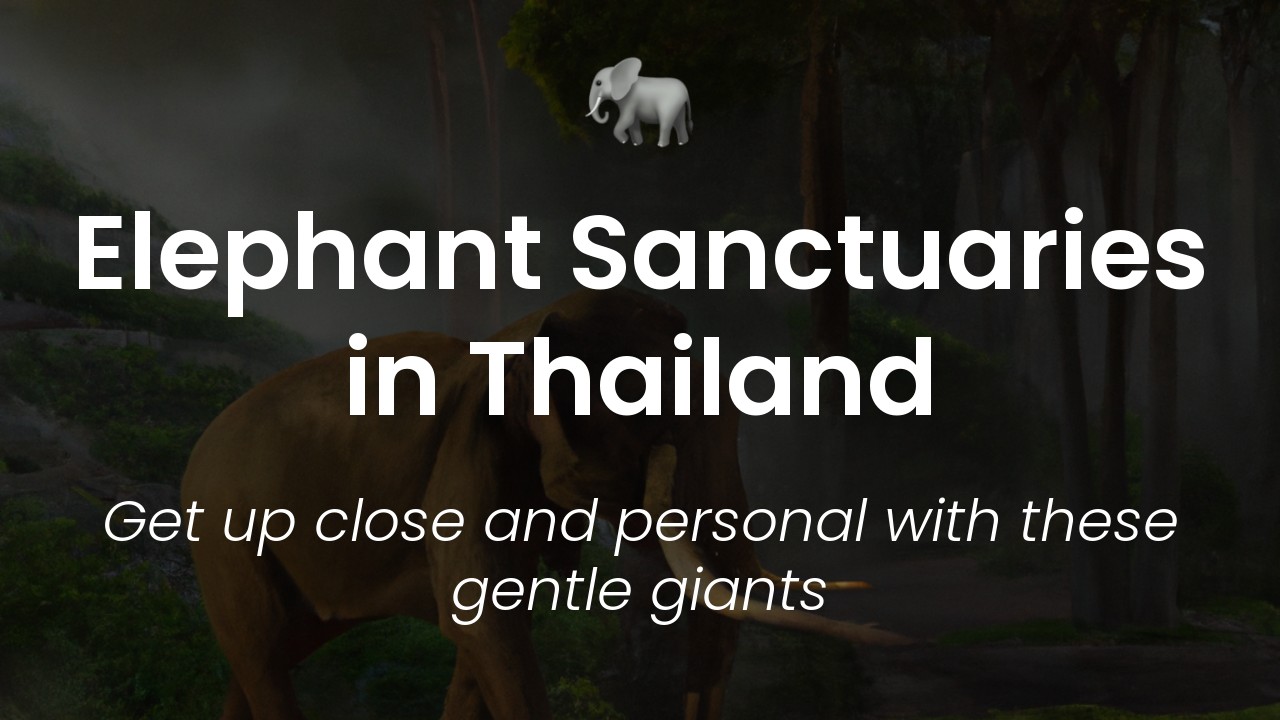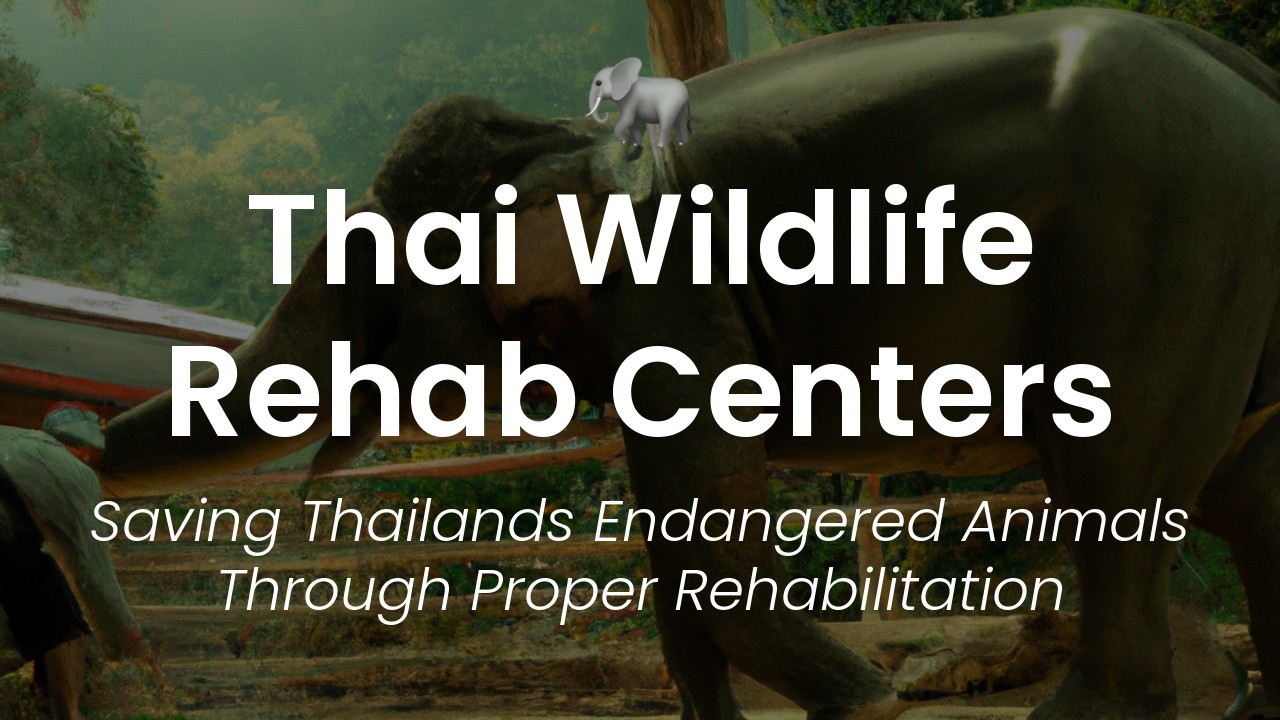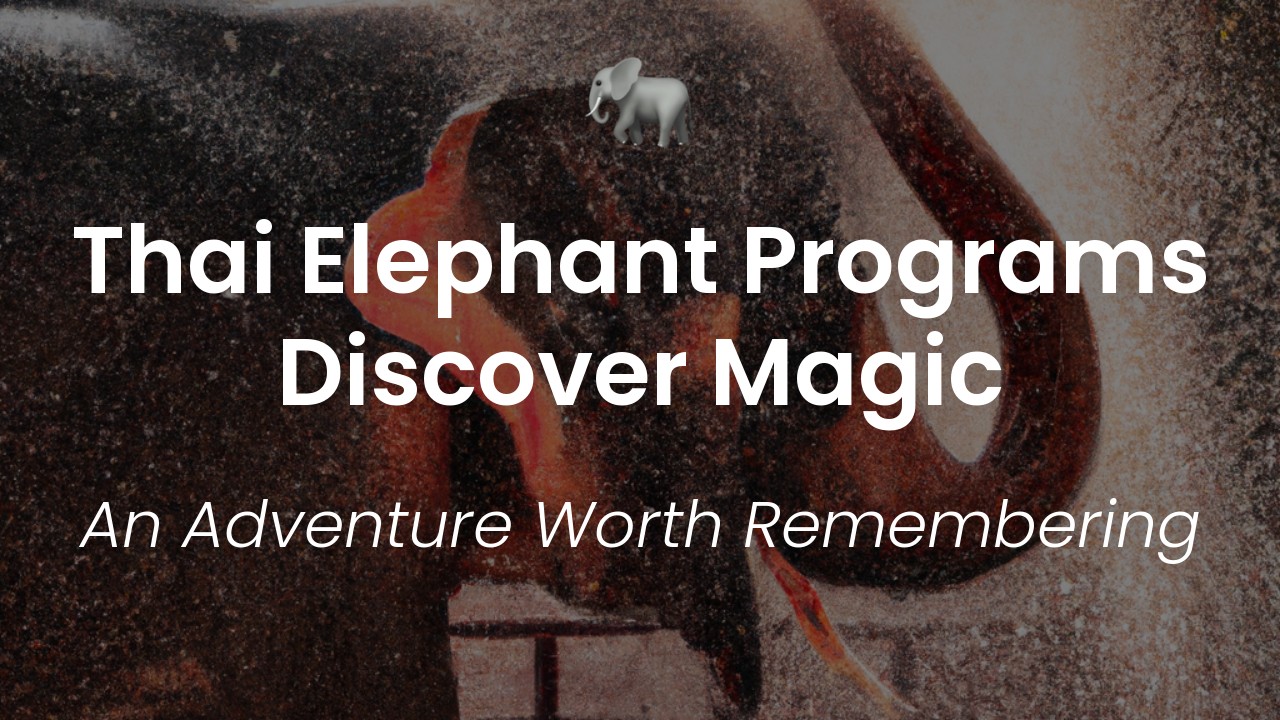As a Thai person, I am proud of the rich biodiversity in my country. We have countless species of animals and plants that are unique to our land, and many of them are found nowhere else in the world. Unfortunately, some of these species are threatened with extinction due to habitat loss, poaching, and other human activities. Among these precious animals are the magnificent elephants, which have been an integral part of Thai culture and history for centuries.
Elephants are revered in Thai society for their strength, intelligence, and gentle nature. They have been used for transportation, war, and religion throughout our history. However, today elephants face a number of challenges that threaten their survival. One of the biggest threats is habitat loss, as forests and other areas where elephants live are being converted to agriculture and other human uses. This has led to conflicts between elephants and people, as elephants are forced to wander into human settlements in search of food and water.
To address these challenges, many conservation projects have been initiated in Thailand to protect elephants and their habitats. These projects involve a wide range of activities, from mapping elephant movements to providing alternative livelihoods for people who live near elephant habitats. In this article, I'll be highlighting some of the conservation projects that are helping to save elephants in Thailand. These projects are working to preserve the legacy of these majestic creatures, while ensuring that they can coexist with humans in a sustainable way.
Threats to Elephant Population
Elephants have played an important role in Thai culture and history for centuries. However, the rise of the tourism industry and habitat loss due to expanding agricultural and urban development have led to a rapid decline in the elephant population. According to the Department of National Parks, Wildlife and Plant Conservation, the number of elephants in Thailand has decreased from approximately 100,000 in the early 20th century to less than 5,000 today.
The biggest threat to the elephant population in Thailand is poaching. Elephants are hunted for their ivory, and their young are often captured for use in the tourism industry. As a result, many of the elephants in Thailand today are not free-ranging animals, but are instead kept in captivity and used for the tourists' entertainment. These animals often suffer from abuse and neglect and are forced to perform unnatural acts.
Another major threat to the elephant population is habitat loss. Elephants require large areas to roam and feed in order to survive. However, the expanding agricultural and urban development have led to a significant loss of forest cover and fragmentation of habitat, which has resulted in a significant decrease in the areas available for elephants to live in.
Conservation Projects Overview
The Thai government has recognized the importance of elephants in their culture and has implemented several conservation projects aimed at preserving the remaining elephant population. These projects aim to protect elephants from poaching, provide medical care and proper nutrition to captive elephants, and rehabilitate and reintroduce them to the wild when possible.
Several non-governmental organizations (NGOs) are also working on elephant conservation projects in Thailand. These organizations focus on various aspects of elephant conservation, including habitat protection, rescue and rehabilitation, and public education.
Elephant Nature Park
One of the most well-known elephant conservation projects in Thailand is the Elephant Nature Park. Located in the northern province of Chiang Mai, the park was established in the 1990s and has been a sanctuary for orphaned and injured elephants ever since.
The park provides medical care, proper nutrition, and a natural environment for elephants to live in. Tourists can visit the park and learn about elephants while observing them in their natural habitat. The income generated from tourism is used to provide for the elephants in the park and support other conservation projects.
Boon Lott's Elephant Sanctuary
Boon Lott's Elephant Sanctuary is another elephant conservation project located in Sukhothai province. The sanctuary was founded in 2005 and is dedicated to providing a safe haven for abused and neglected elephants.
The sanctuary has a "no riding" policy and instead focuses on observing the elephants in their natural habitat. Visitors can learn about the elephants while feeding them or helping to prepare their meals. The income generated from tourism is used to provide for the elephants and support other conservation projects.
Wildlife Friends Foundation Thailand
The Wildlife Friends Foundation Thailand is an NGO that works on various conservation projects, including elephant conservation. The foundation rescues elephants from the tourism industry and takes care of them in their natural habitat.
The organization also works on habitat conservation by rehabilitating and protecting areas for elephants to live in. In addition, they provide education to the public on the importance of elephant conservation and the harm caused by the tourism industry.
Community-Based Conservation Projects
Many community-based conservation projects have also been established in Thailand. These projects aim to work with local communities to protect elephant habitats and reduce human-elephant conflict.
For example, the Karen Elephant Conservation Project works with Karen villagers to protect elephant habitats by providing alternative sources of income and promoting ecotourism. This project also works to prevent poaching and elephant-human conflict by providing education to villagers and tourists alike.
Another community-based conservation project is the Living with Elephants Foundation, which works with local communities to promote conservation and reduce human-elephant conflicts. This project provides training to villagers on elephant behavior and how to respond to elephant encounters to minimize the risks of conflicts.

